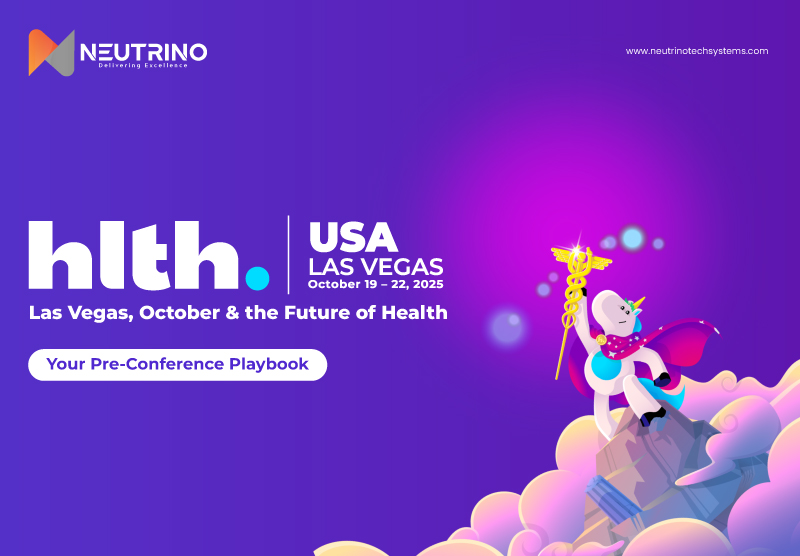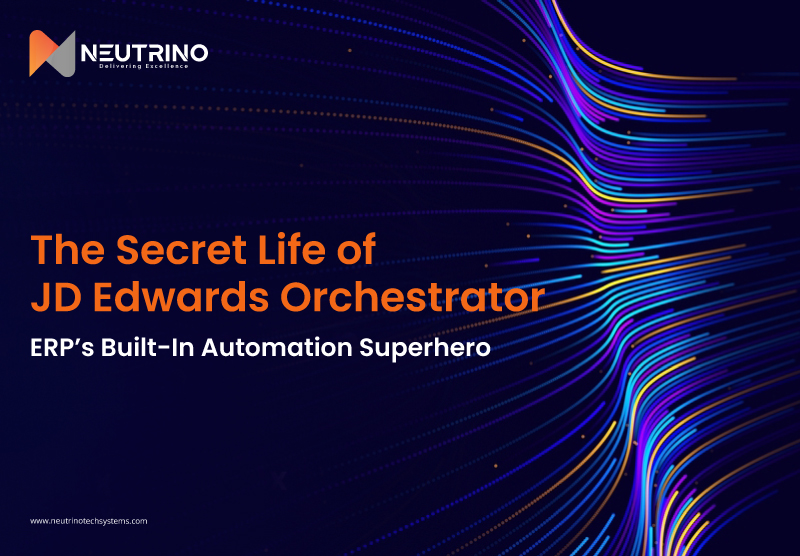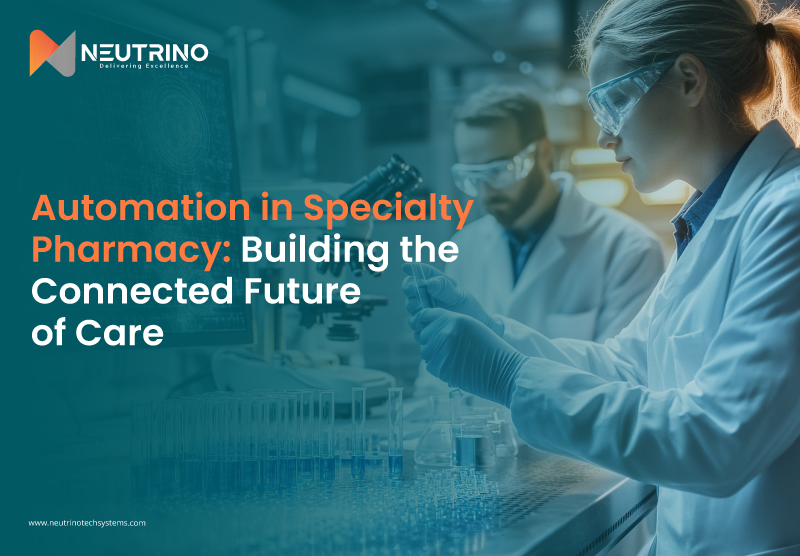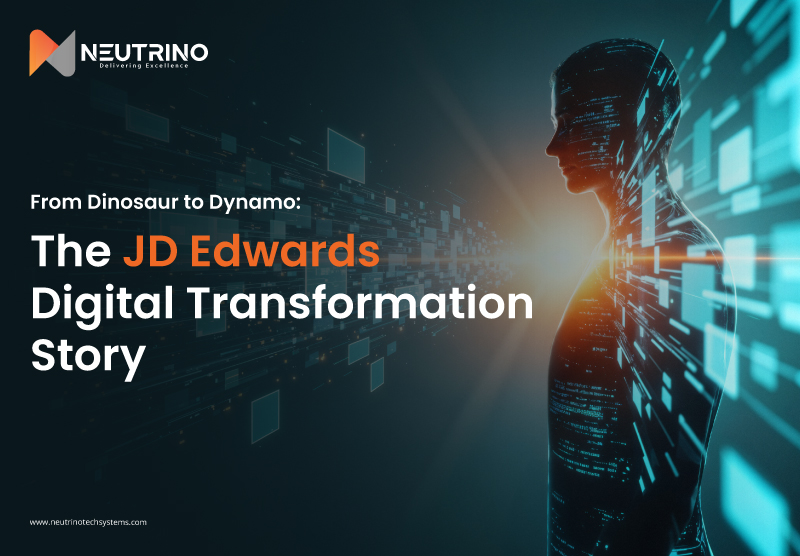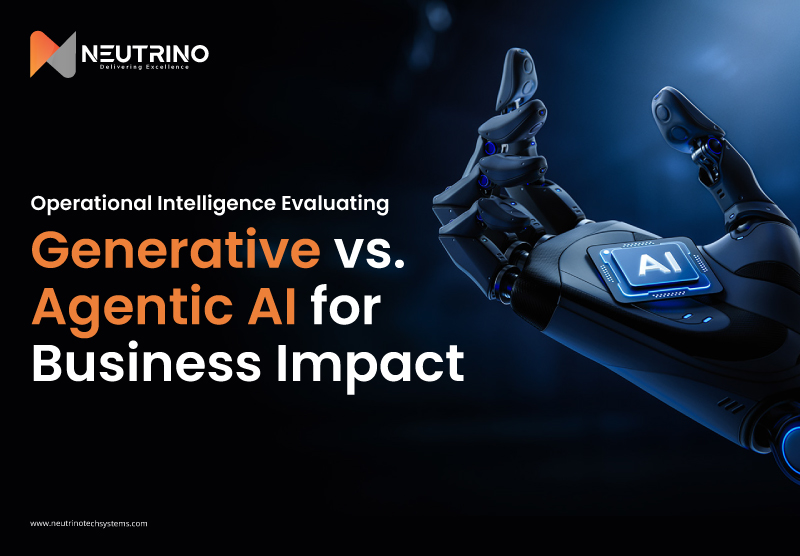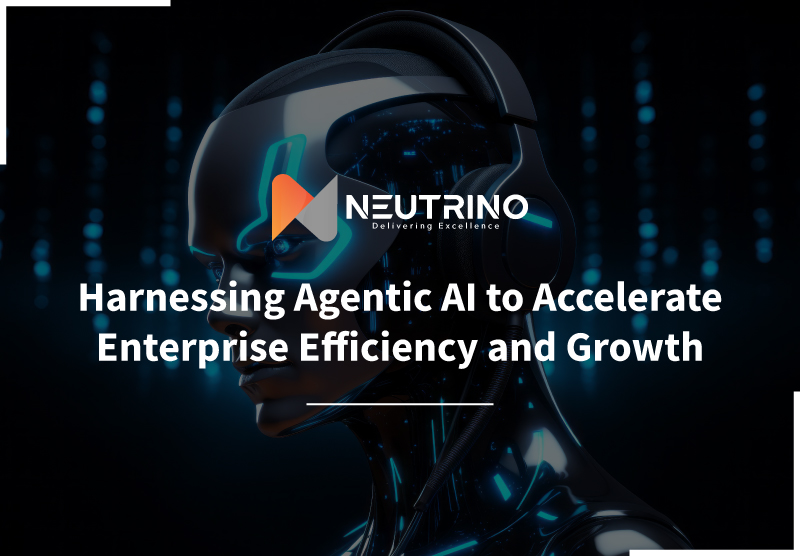HLTH Event 2025: Las Vegas, October & the Future of Health – Your Pre-Conference Playbook
HLTH Event 2025: Las Vegas, October & the Future of Health – Your Pre-Conference Playbook September 2, 2025 HLTH USA 2025, the industry’s most influential healthcare innovation gathering, takes place October 19–22 at The Venetian Expo Center in Las Vegas. With over 12,000 attendees, 2,750+ CEOs, 400+ speakers, and 900+ sponsors, it remains one of the most anticipated events in healthcare. Since its debut in 2018, HLTH Event 2025 has redefined what a healthcare conference can be. It has moved beyond panels and keynotes into a vibrant ecosystem where leaders, innovators, investors, and startups come together to shape the future of care. This year, the theme of Heroes and Legends, with the HLTH mascot, sets the stage for bold conversations and transformative collaborations across the healthcare landscape. From spotlighting women’s health innovation to advancing AI in clinical workflows, HLTH has become the place where tomorrow’s ideas take shape. HLTH 2025 continues this legacy with an immersive experience designed to spark collaboration, inspire action, and build a smarter, more connected health ecosystem. Must-Attend Zones & Tracks Worth Your Time at HLTH Event 2025 AI & Emerging Technology Artificial Intelligence has moved from proof of concept to real clinical workflows. At HLTH event 2025, AI isn’t just theory; it’s about practical deployment: from triage and diagnostic support to administrative automation and coding. The conversation goes deeper into responsible AI, guardrails, and measurable ROI. For CTOs and CIOs, this is the chance to hear directly from pioneers who are scaling AI across provider networks and pharmaceutical pipelines and to understand what’s working and what isn’t. Women’s Health Innovation Long under-served and often underfunded, women’s health is finally taking center stage. HLTH event 2025 is dedicating focused tracks, pitch sessions, and investor spotlights to innovations in reproductive care, maternal health, chronic disease management, and longevity. For leaders in digital health and pharma, this is a vital area to watch not just as a moral imperative but as a fast-growing market shaping the future of patient care. Workforce Resilience & Employer Health Healthcare’s workforce is under unprecedented pressure. This theme zeroes in on how digital tools, workforce strategies, and policy shifts can reduce burnout, improve productivity, and create sustainable health systems. Expect discussions on hybrid care delivery, wellness solutions, and data-driven approaches to improving workforce health. For CIOs and CTOs, this is an opportunity to explore tech-driven solutions that support not just patients but providers and employees too. International Collaboration HLTH event 2025 isn’t just a U.S. story; it’s a global stage. With leaders from Europe, Asia, and the Middle East, the international collaboration track explores how policy, funding, and innovation flow across borders. Whether it’s scaling telehealth in underserved regions or global pharma partnerships, these conversations emphasize that the future of healthcare is interconnected. Attendees looking for partnerships or global expansion opportunities will find this track invaluable. Pharma & Life Sciences Disruption The boundaries of pharma are rapidly expanding, with AI-driven diagnostics, personalized medicine, and data-rich clinical trials reshaping the landscape. HLTH event 2025 dives into how pharma and life sciences organizations can embrace digitization, meet evolving regulations, and form partnerships with health systems and startups. This theme is especially relevant for CIOs and CTOs looking to modernize data infrastructure, support interoperability, and drive faster go-to-market strategies. Don’t Miss These Networking Opportunities Market Connect & Investor Connect enable curated 1:1 meetings, a smart way to connect with buyers, funders, or partners. The trade show floor and thematic zones (AI, Diagnostics, Women’s Health, etc.) offer immersive conversations. Evening receptions like the Women at HLTH reception are golden for informal but impactful networking. Prepare to Maximize Your Time at HLTH 2025 Bookmark sessions in advance using HLTH’s digital platform to plan your personal “must-see” journey. Prioritize themed zones based on your interests or strategy, be that AI, workforce health, or global collaboration. Make early connections using the event app, and start networking before you even leave home. Powering the Future As we hit the ground in Las Vegas, HLTH Event 2025 is more than a check-in; it’s a high-energy catalyst built for actionable insights and meaningful partnerships. The momentum here fuels not just conversations but the very transformation of healthcare. Whether you arrive to learn, connect, or lead, the collective energy can reshape how healthcare evolves and how the future is shaped. Neutrino Tech Systems will be at HLTH 2025, energized, engaged, and ready to explore how we can modernize healthcare together. Let’s channel this energy into writing the next chapter. See you in Las Vegas. Book a meeting | Visit our website See You There! Get In Touch! Previous PostNext Post

